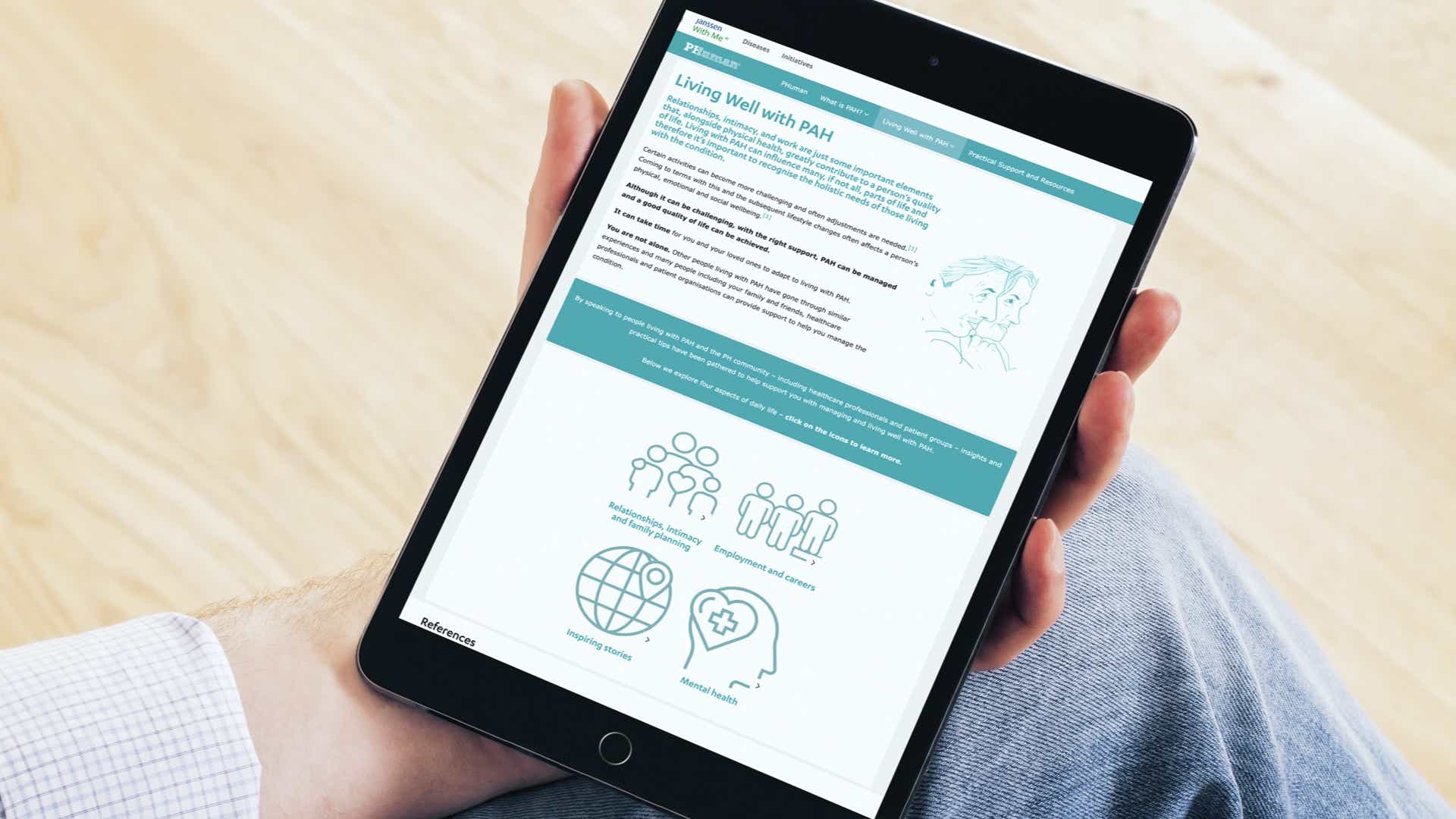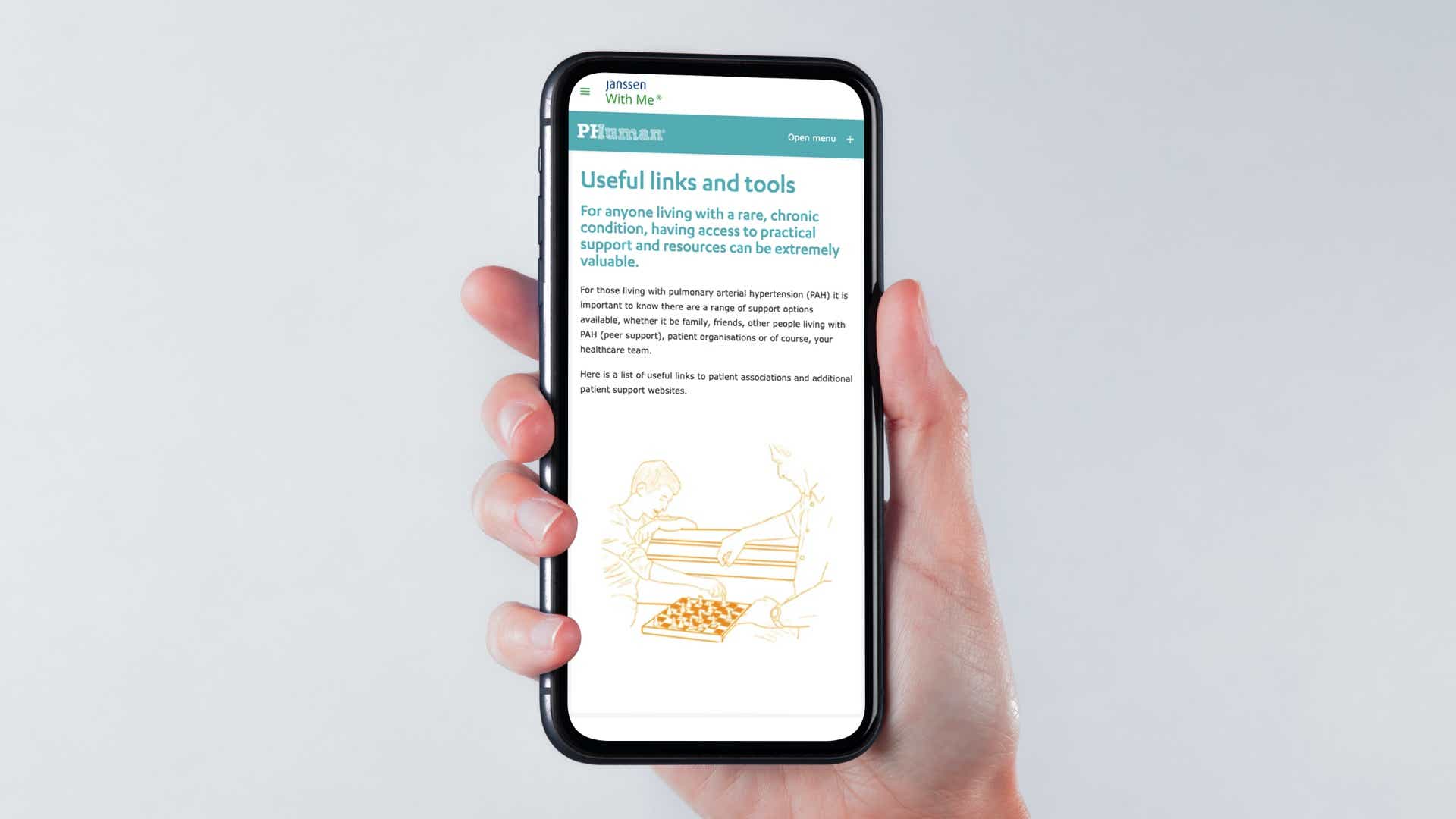PAH Patient Charter

What is the PAH Patient Charter and why do we need one?
Pulmonary arterial hypertension (PAH) is a rare but serious condition, however great advancements have been made in recent years. There are now a variety of treatment options available, but our understanding of the disease is still growing and it’s important that people living with PAH know what to expect during their journey.
The PAH Patient Charter was created in collaboration with an international group of patients, patient advocacy group representatives, and healthcare professionals.
It leverages their personal experiences and expertise with PAH to provide you with the information you need to ensure you’re aware of the level of care you should be able to expect, from diagnosis to the ongoing management of your condition.
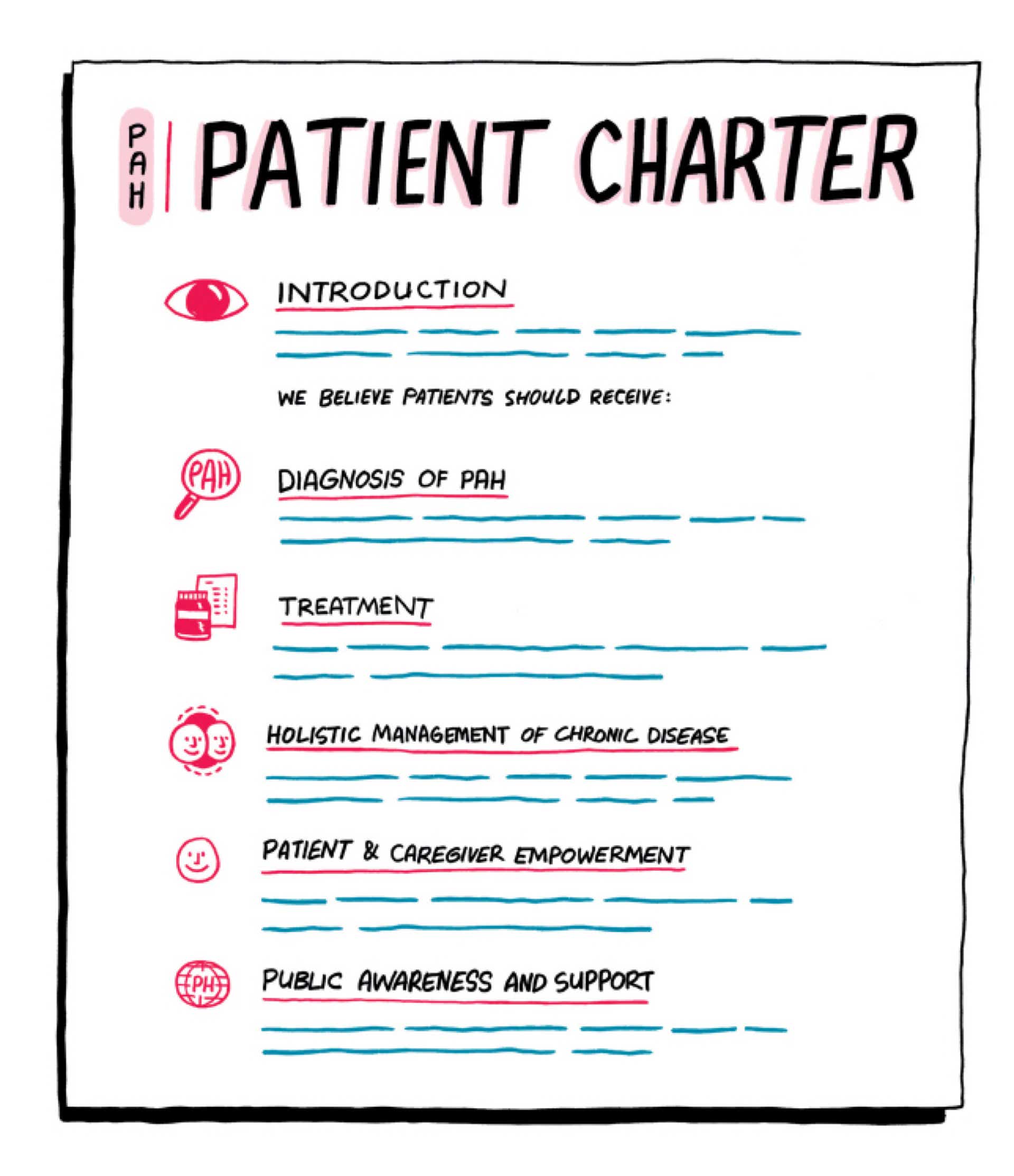
Download the patient charter now

We hope that the information in the Charter will help you, your healthcare professionals, and caregivers to:
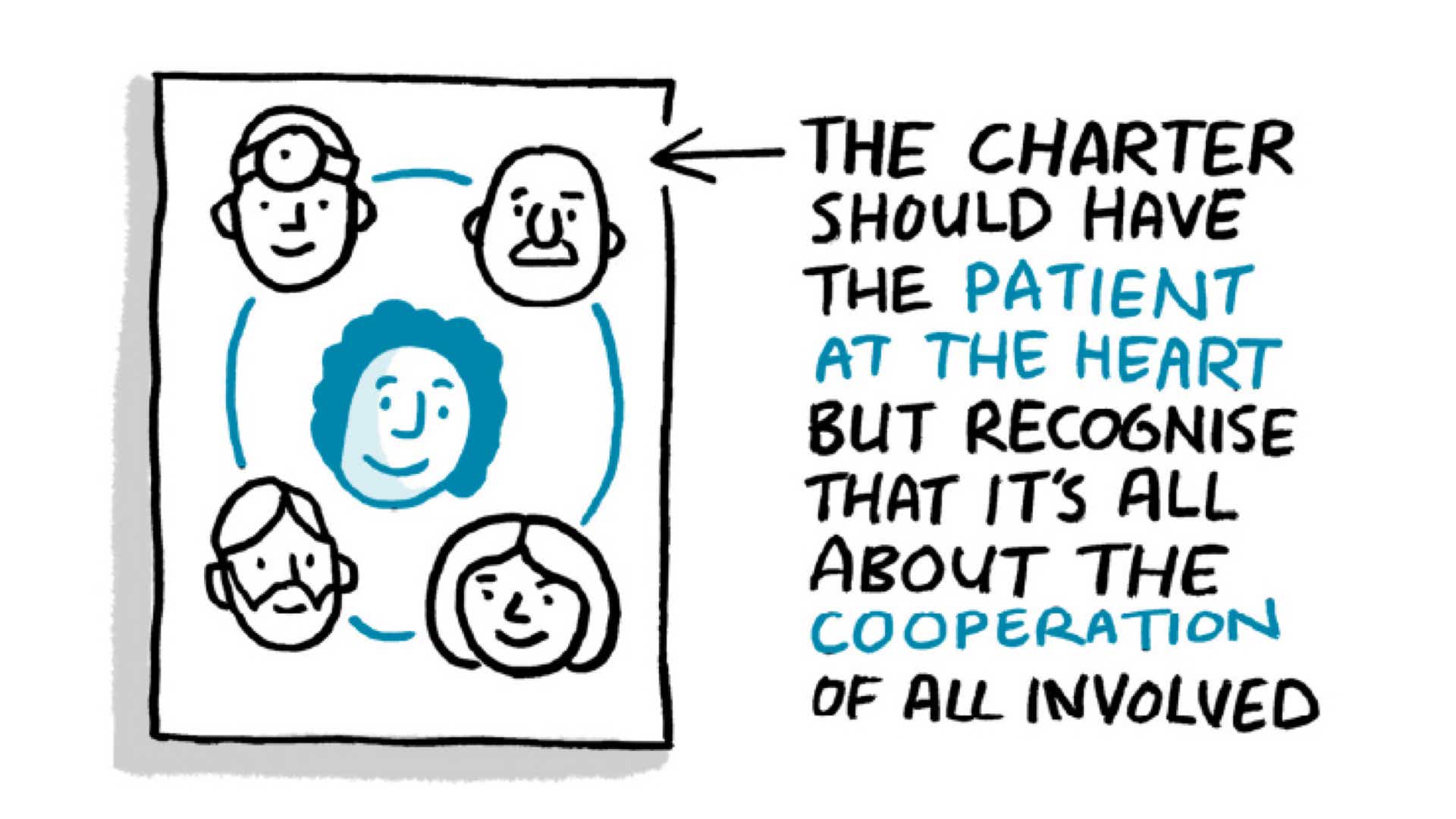
Communicate effectively with each other
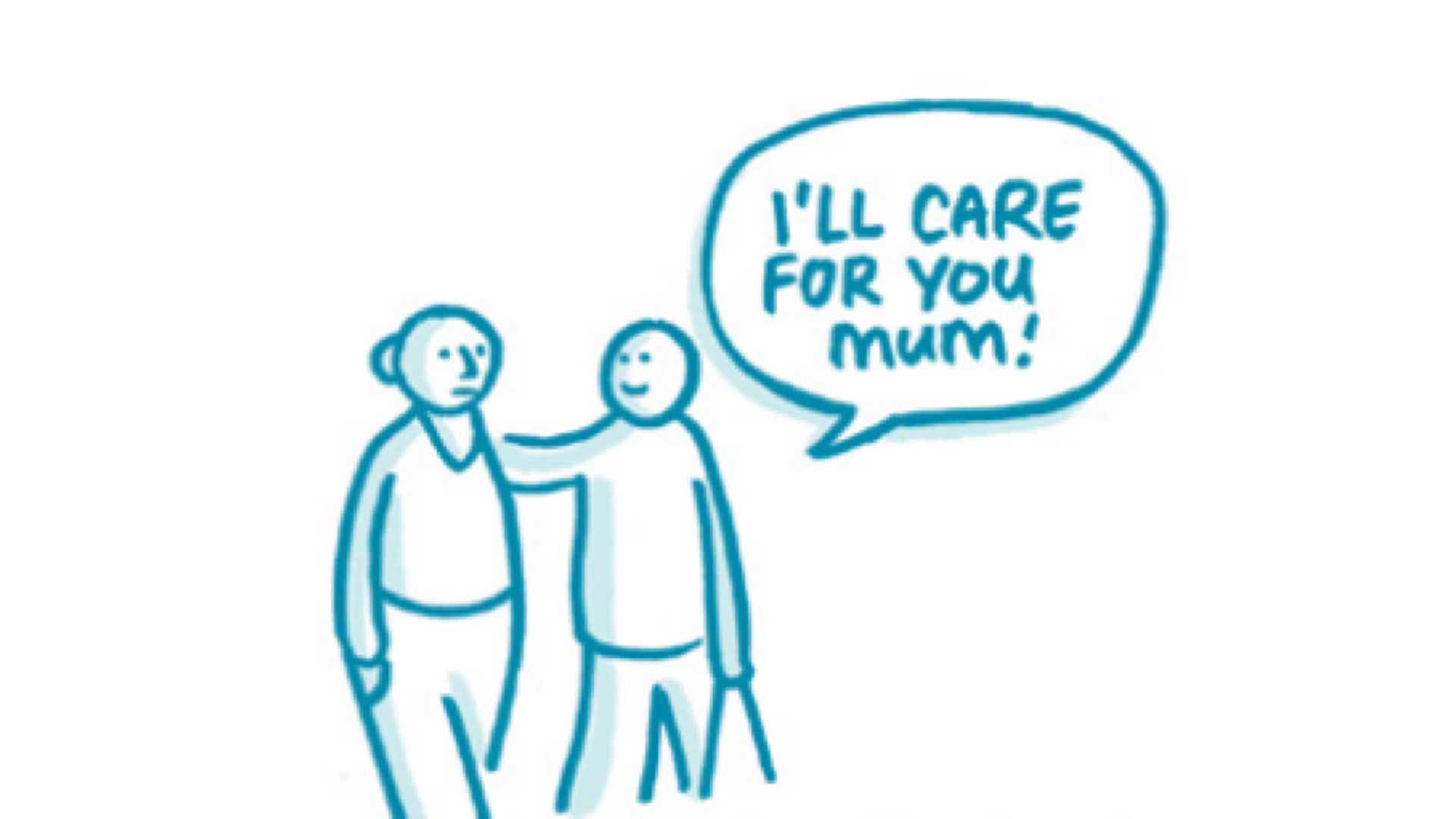
Make decisions together
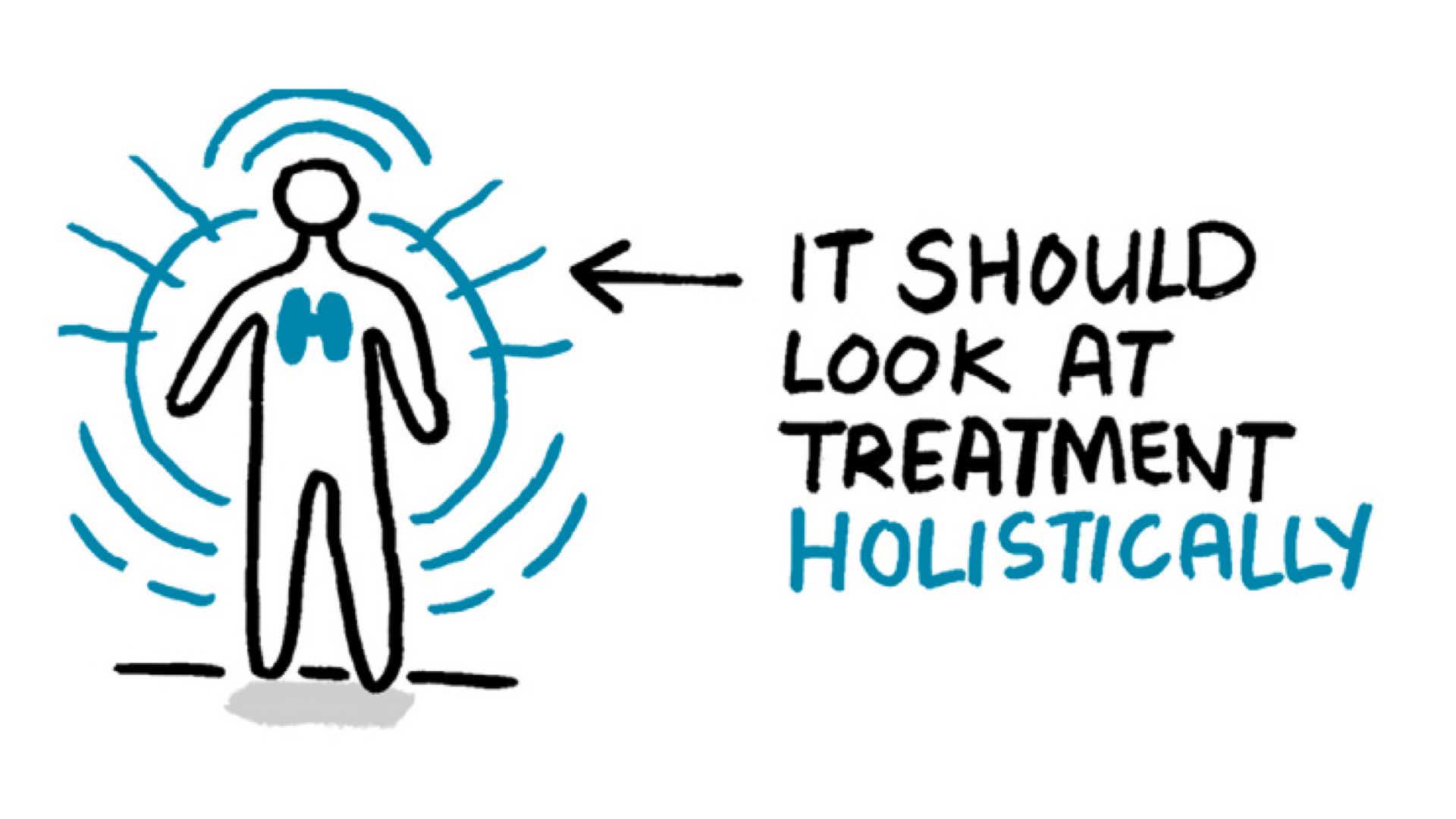
Agree on a care plan that is appropriate for you

Did you find the patient charter useful?
If so, why not share this page via X, so that your friends, family, and social network can take a look for themselves!
How has the PAH Patient Charter been created?
The PAH Patient Charter is a consensus outlining the standards of holistic care that we believe everyone with PAH should receive.
It is based on the (2015) European Society of Cardiology/European Respiratory Society (ESC/ERS) guidelines and has been developed by an international group of patients, patient advocacy group representatives and healthcare professionals. Since its development, new guidelines on the diagnosis and treatment of PH were released by ESC/ERS in 2022 and can be accessed here
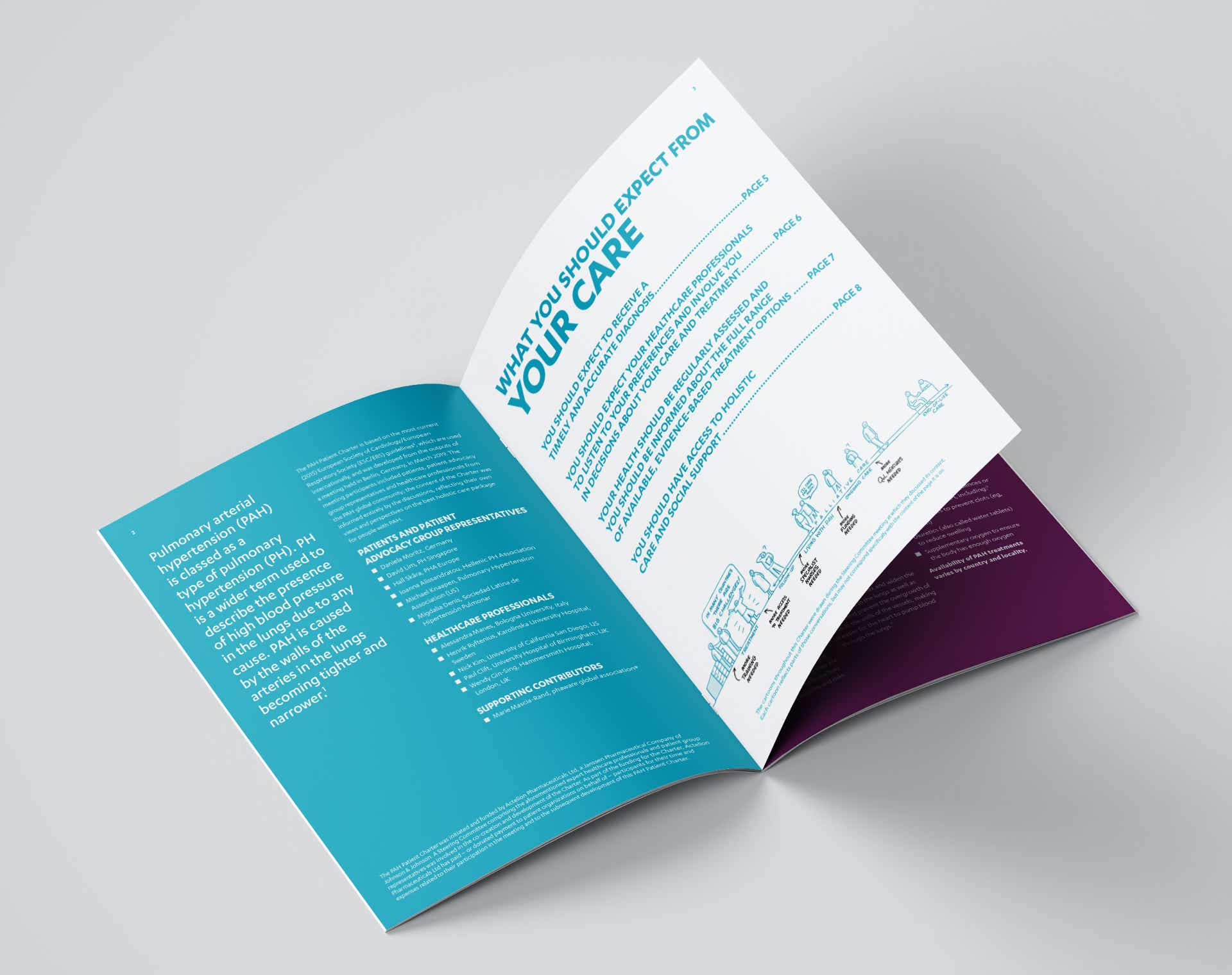
Find out more about the patient advocacy groups involved
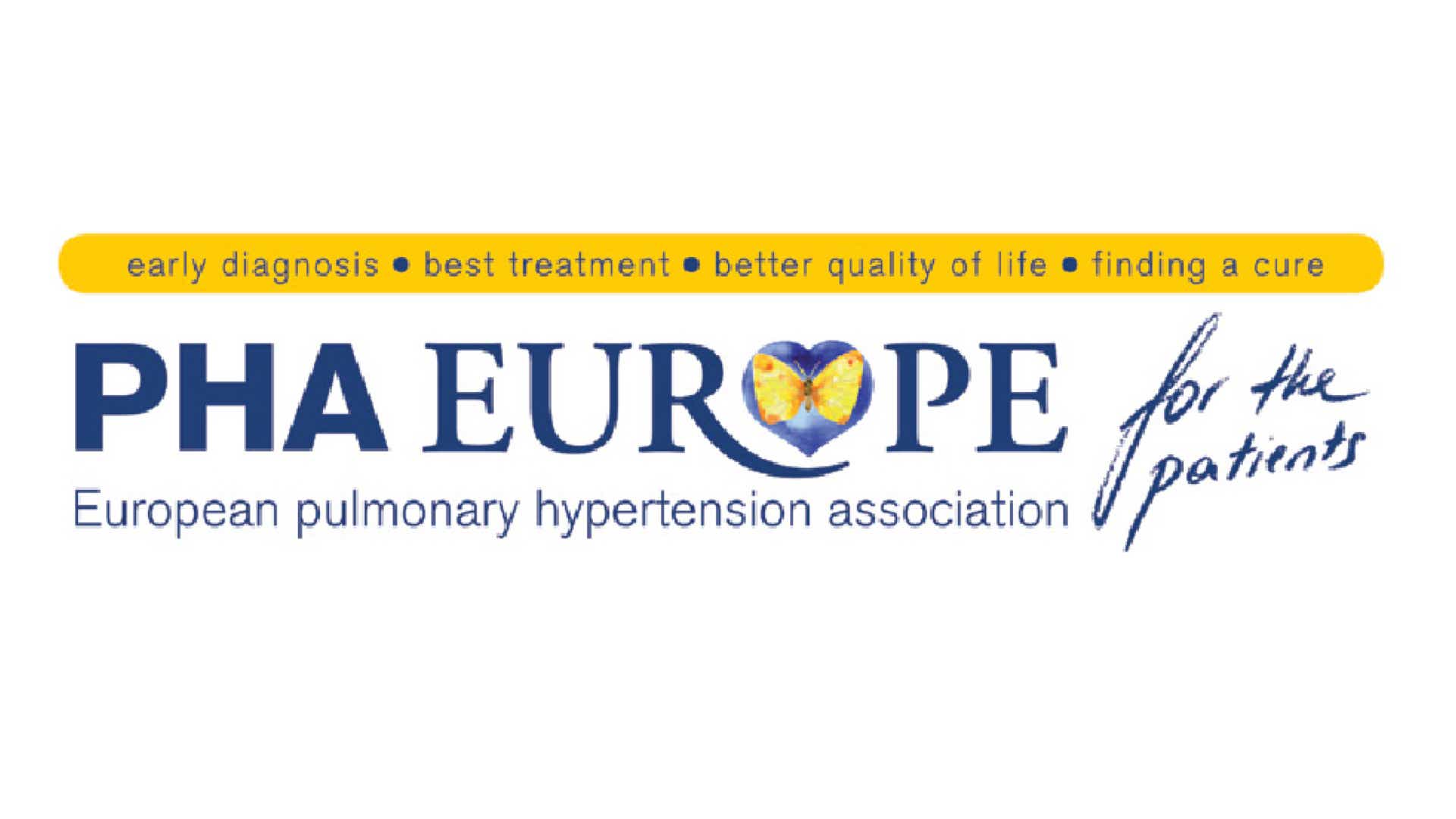
E: info@phaeurope.org
W: www.phaeurope.org
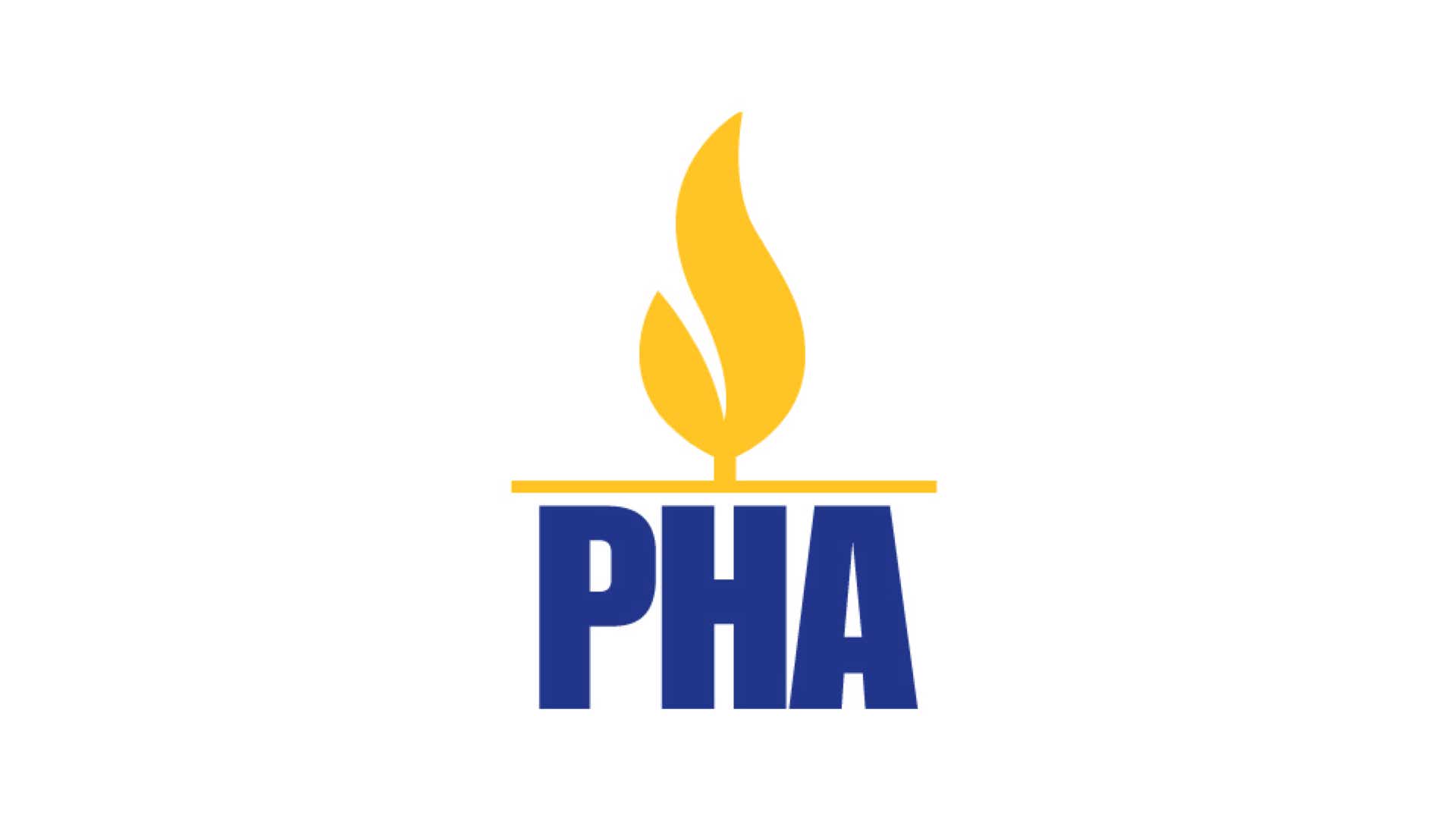
E: PHA@PHAssociation.org
W: www.phassociation.org
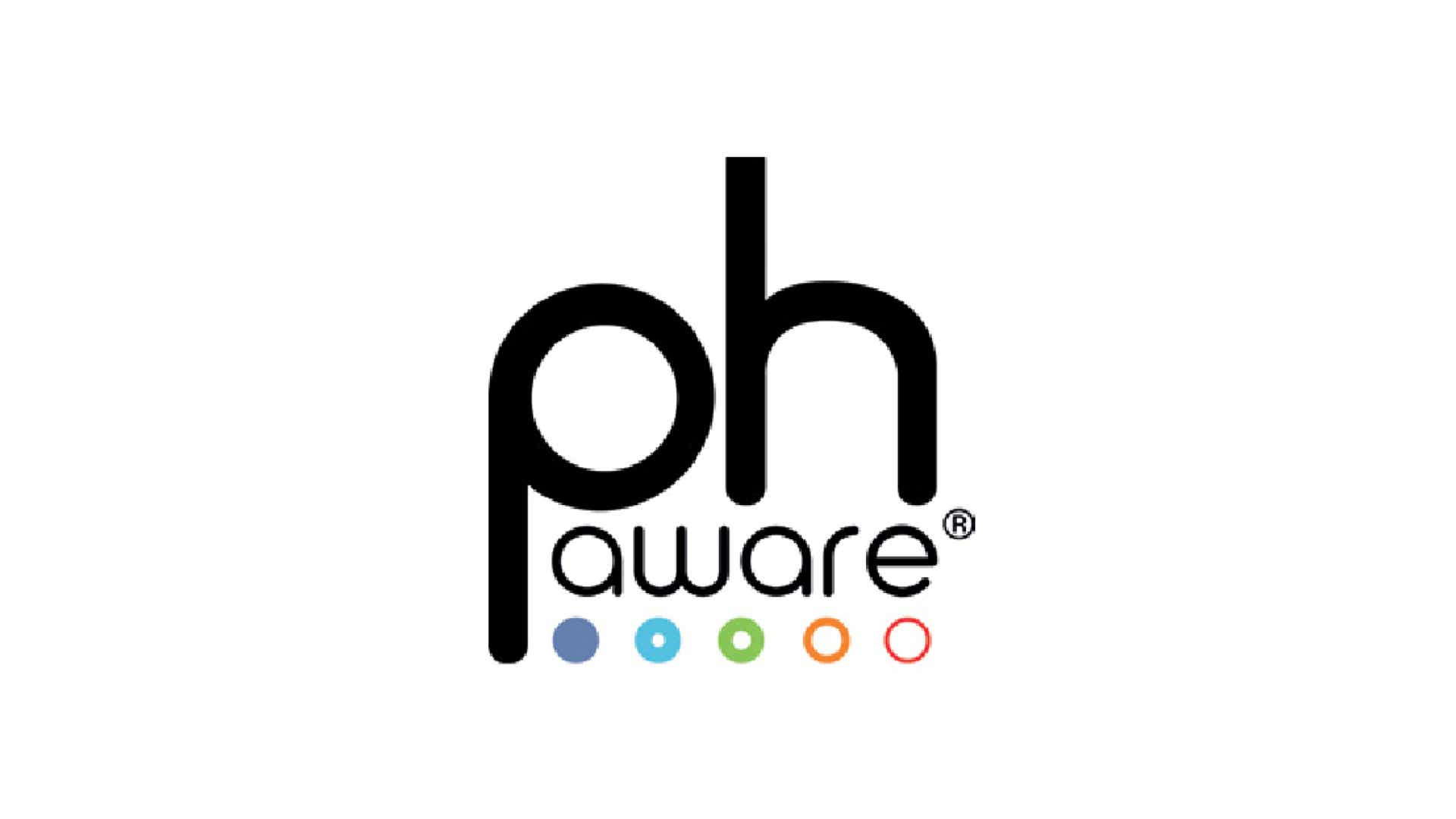
E: info@phaware.global
W: www.phaware.global
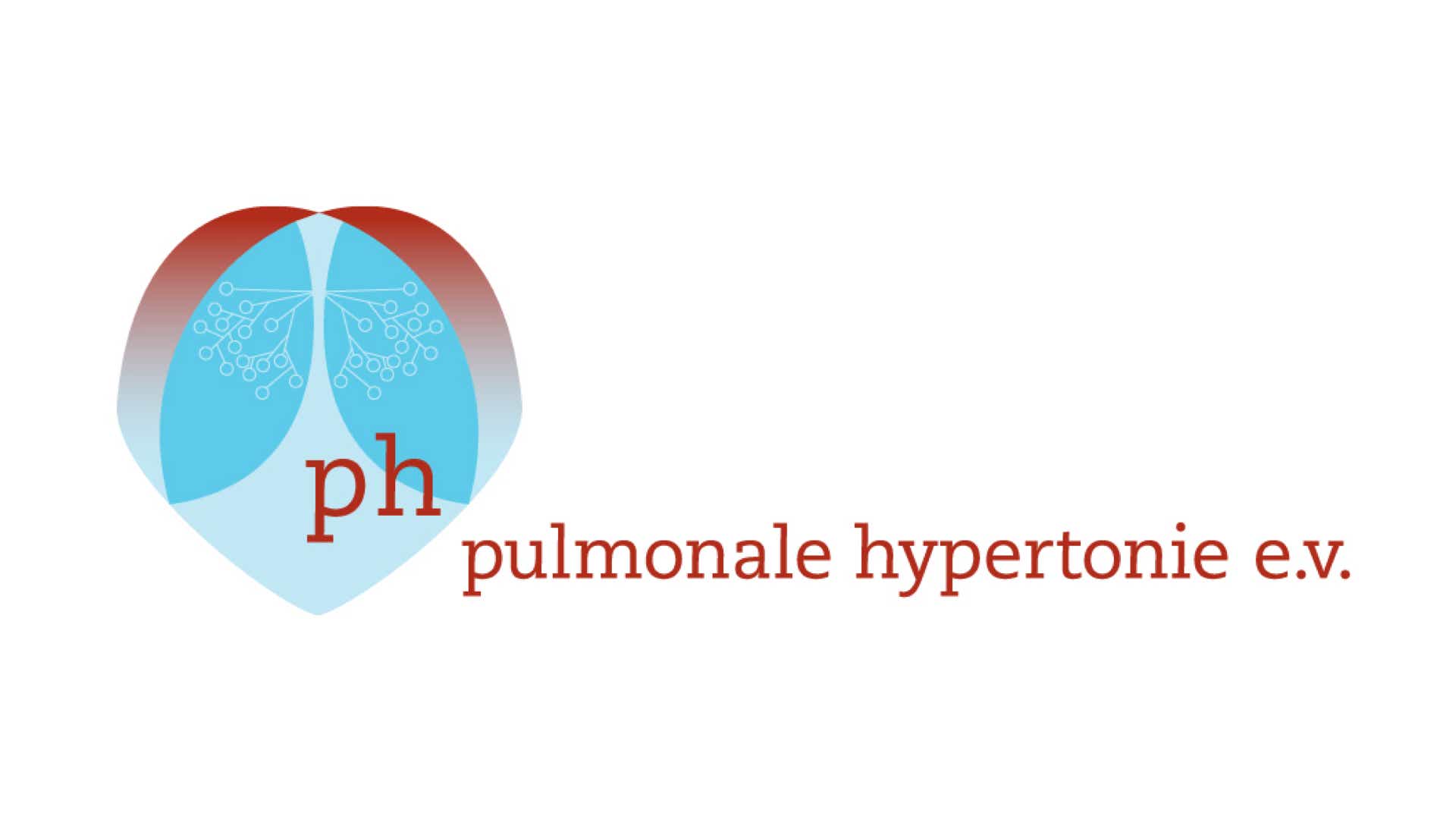
E: info@phev.de
W: www.phev.de
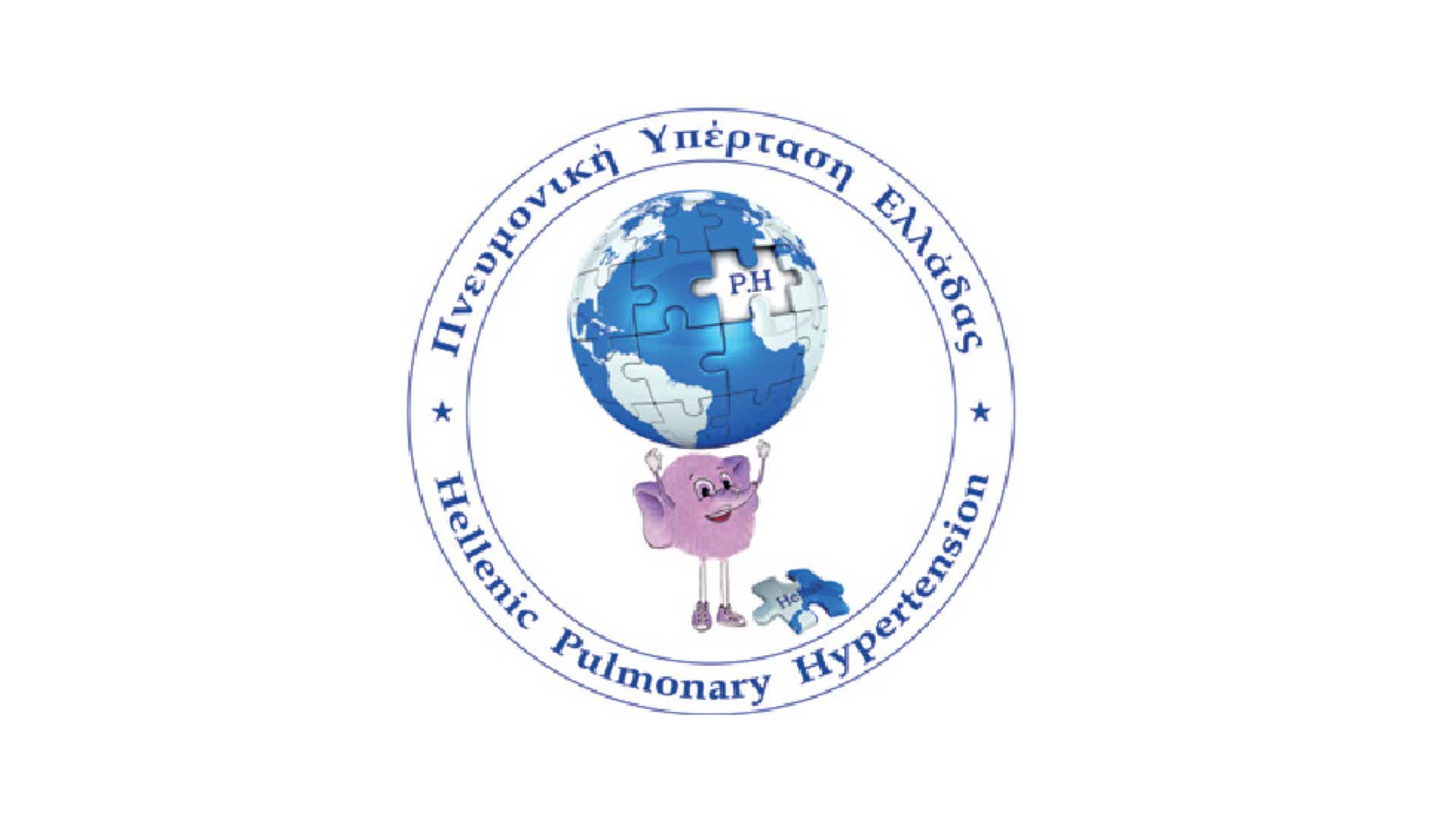
E: info@hellenicpulmonaryhypertension.gr
W: www.hellenicpulmonaryhypertension.gr
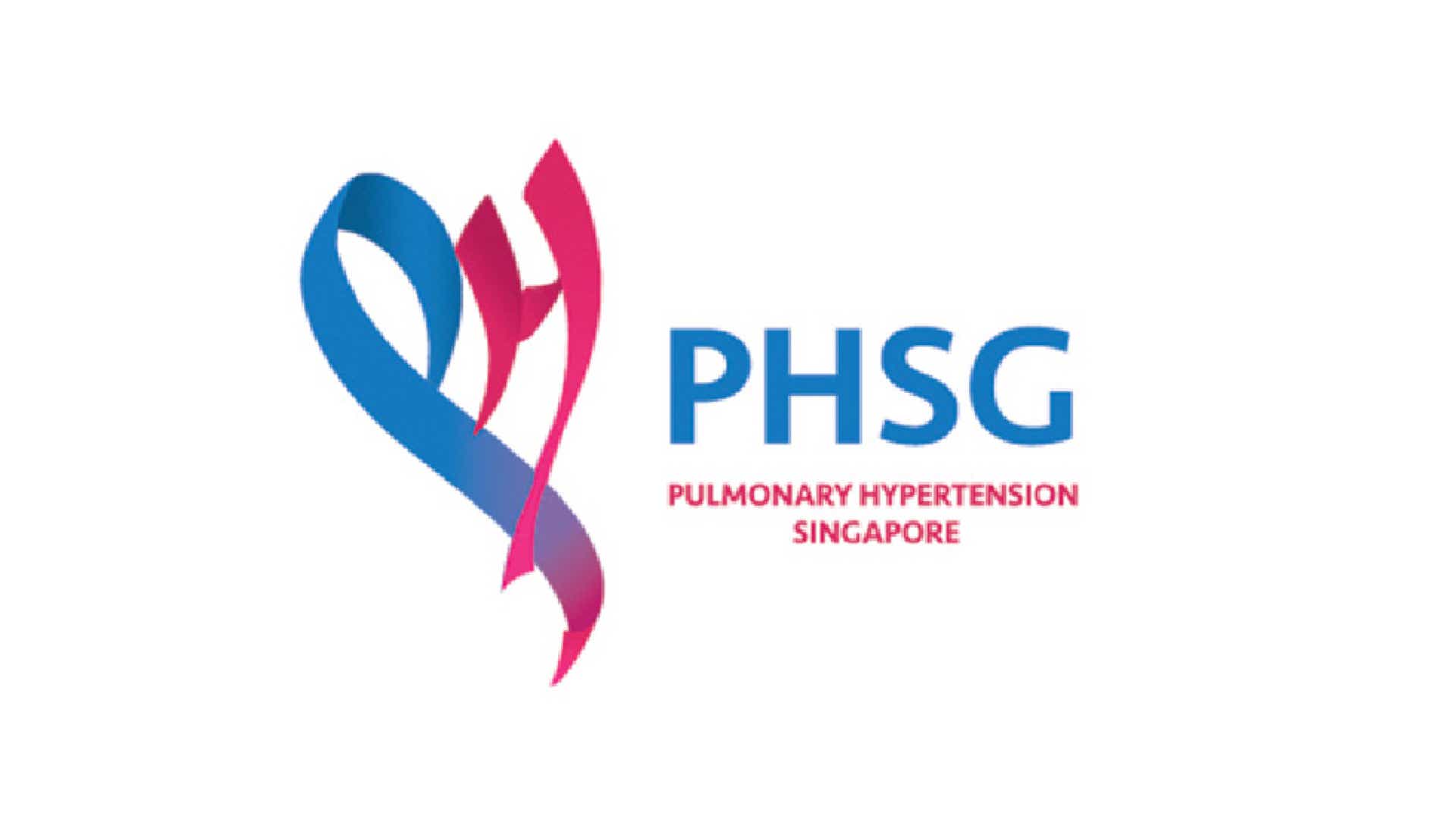
E: admin@phsingapore.org
W: www.phsingapore.org
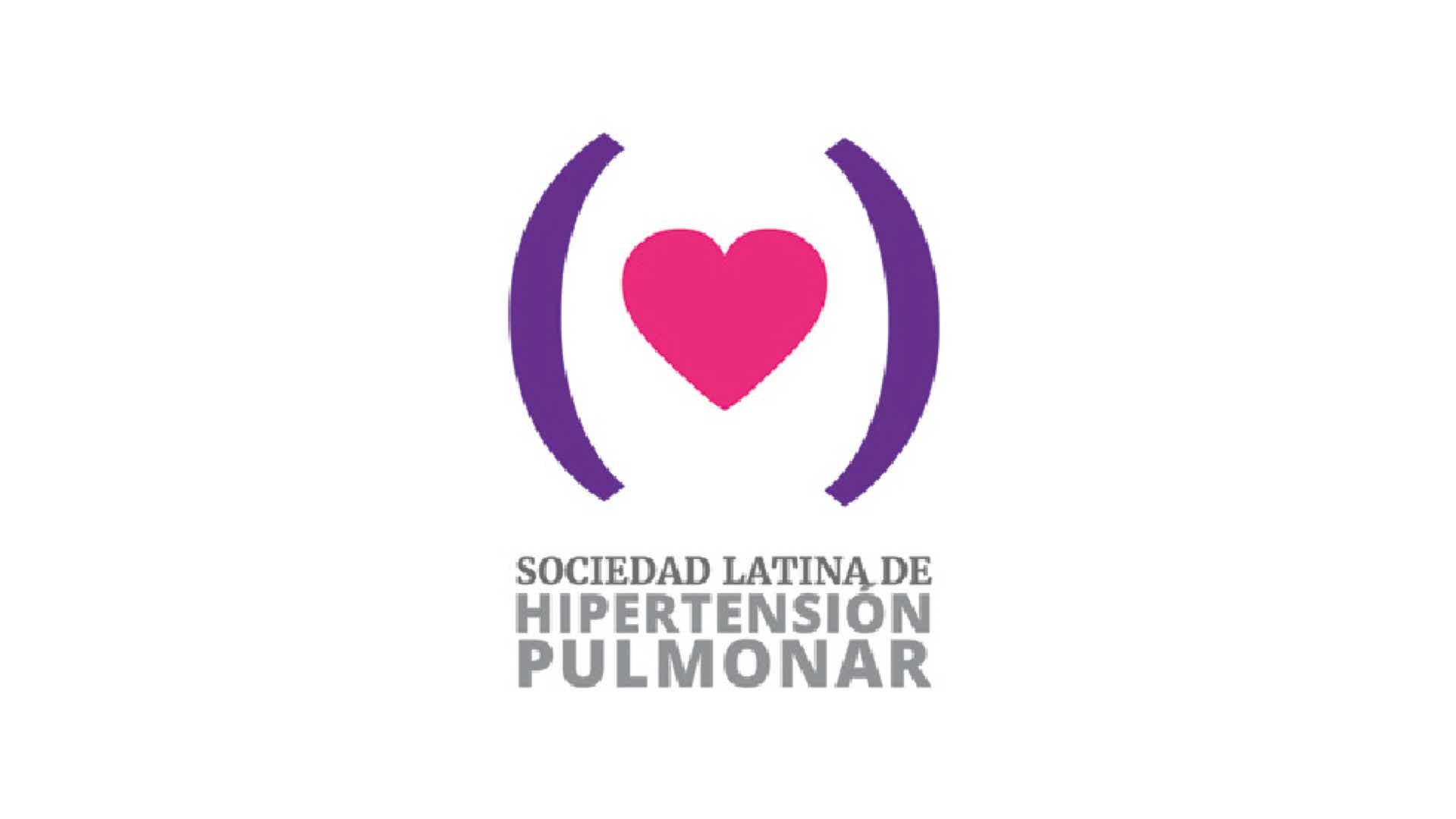
E: info@sociedadlatinahp.org
W: www.sociedadlatinahp.org
Additional resources to support you

Breathe In, Speak Out recognises that everyone has a story to tell about their fight with PAH, and has been created to help amplify your voice and your experiences.
As part of this conversation kit, you will find useful tools, created with support from people living with PAH, that will help you build your confidence and expertise in managing your condition.
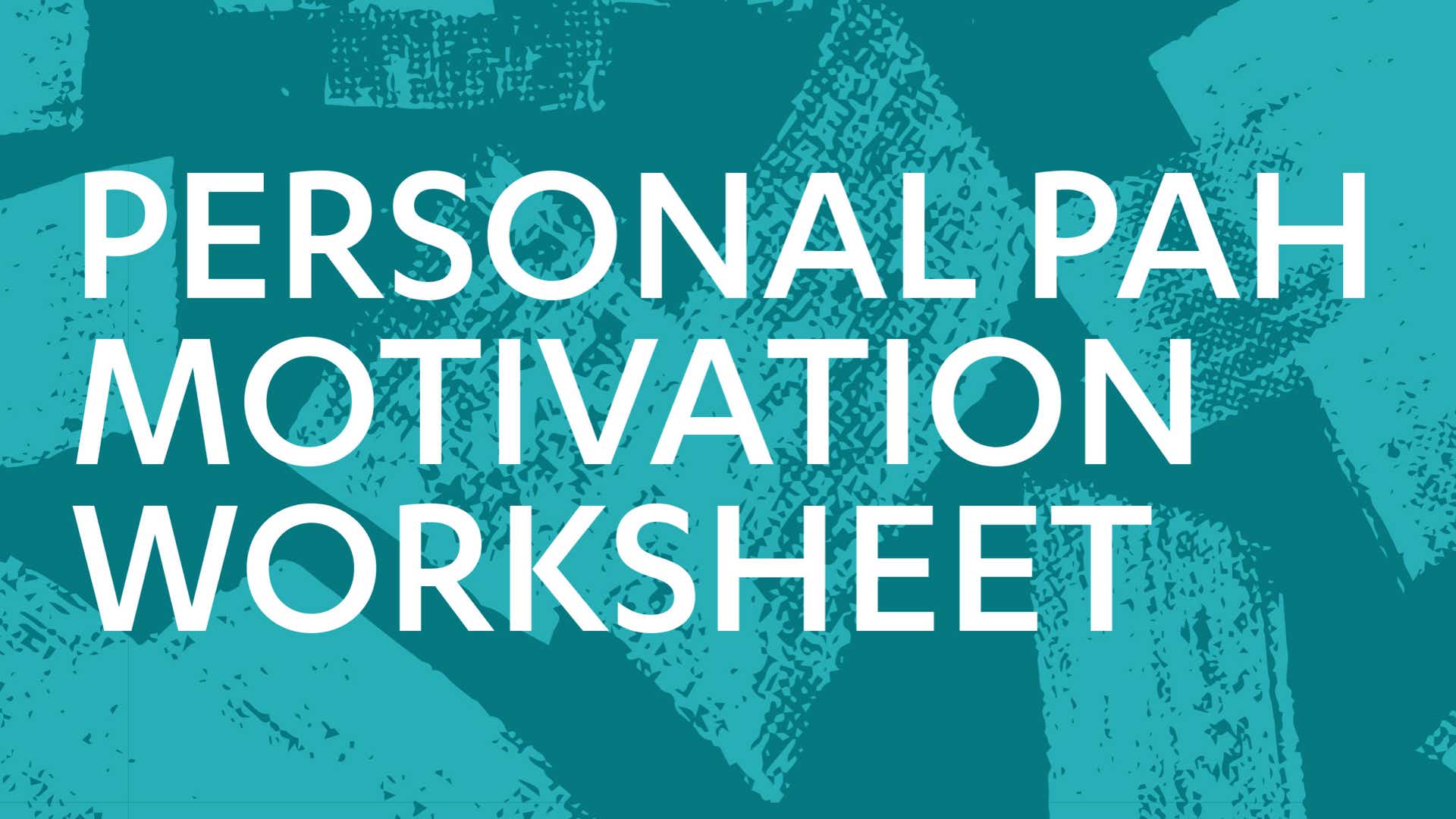
Use this worksheet to identify what is most important to you and your personal goals as you manage your PAH condition. The worksheet is intended to help you think about your personal PAH management goals; you can work with your friends and family to do so, and then use the worksheet to help guide discussions with your healthcare team. This will help them to create an appropriate management plan, tailored to your own goals.
